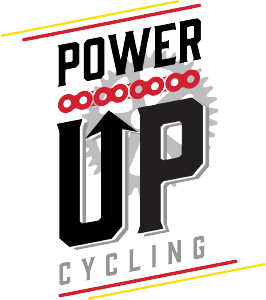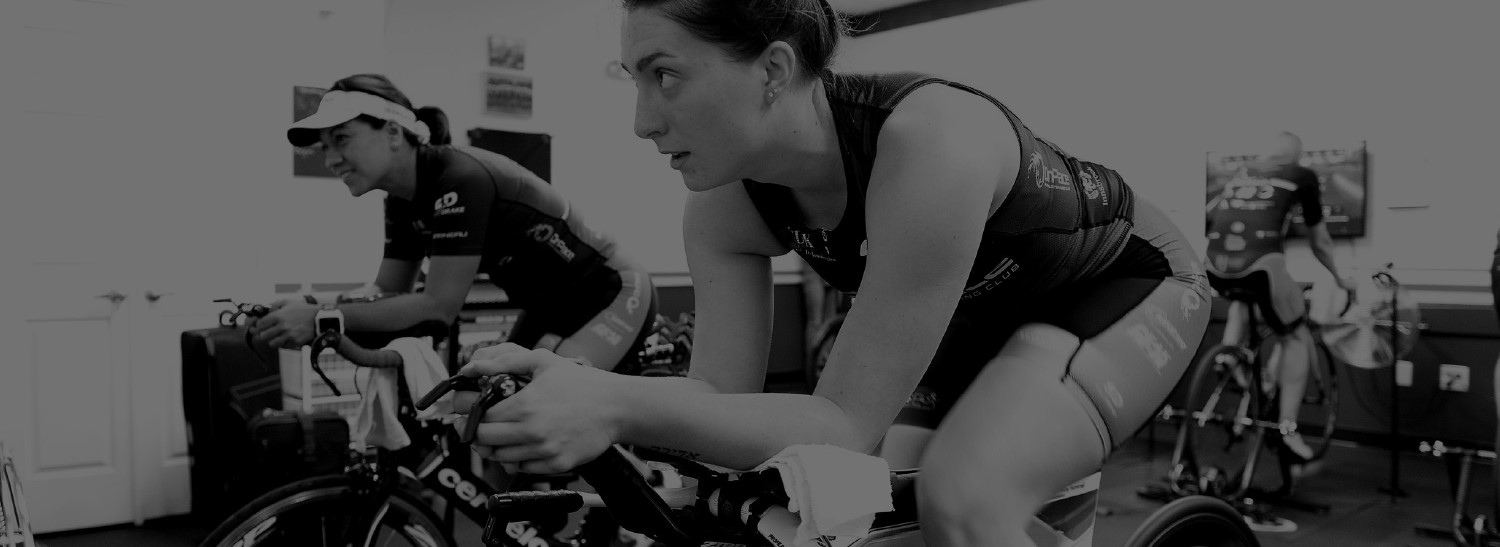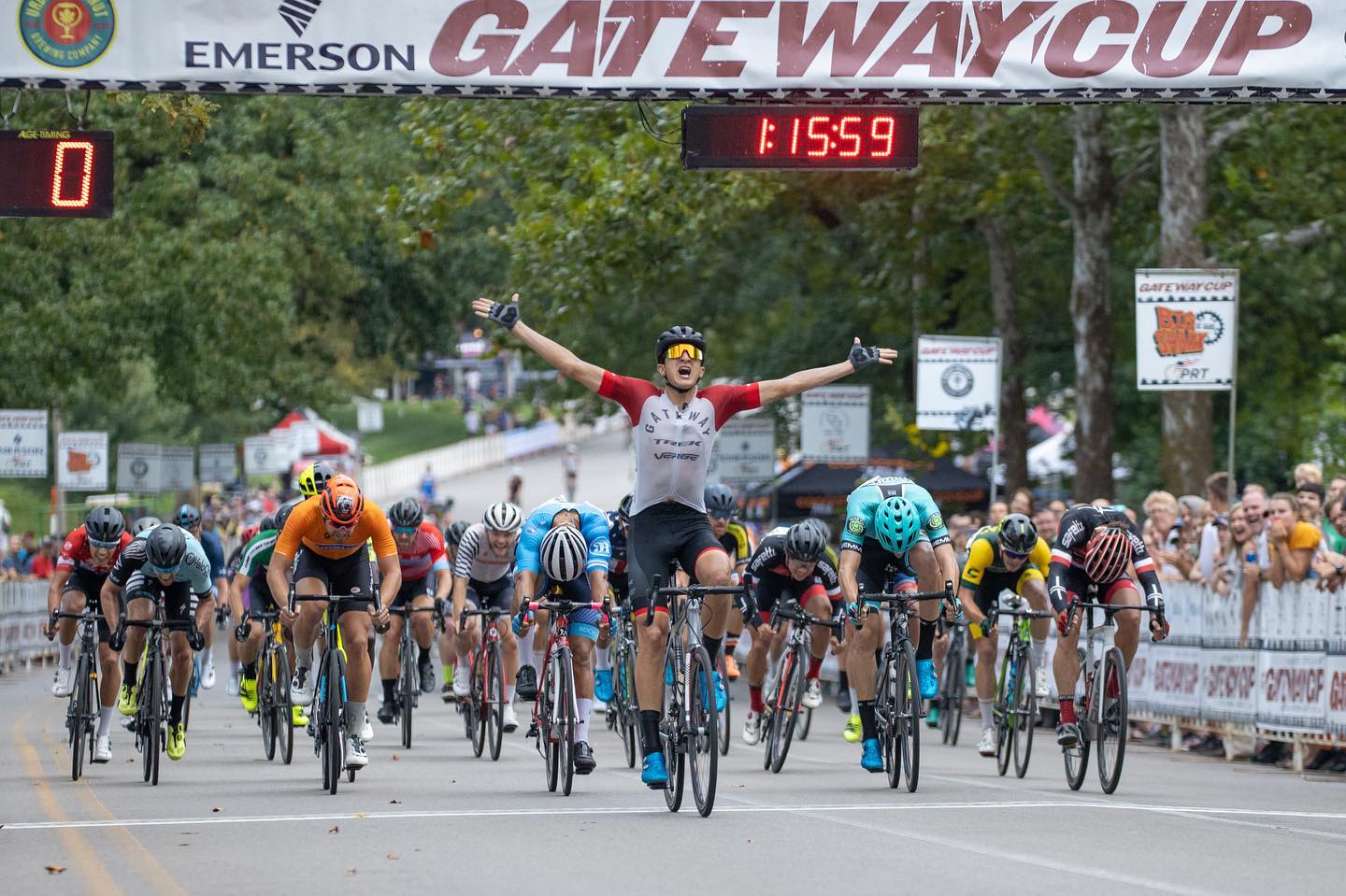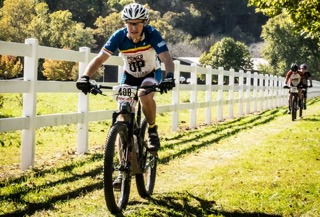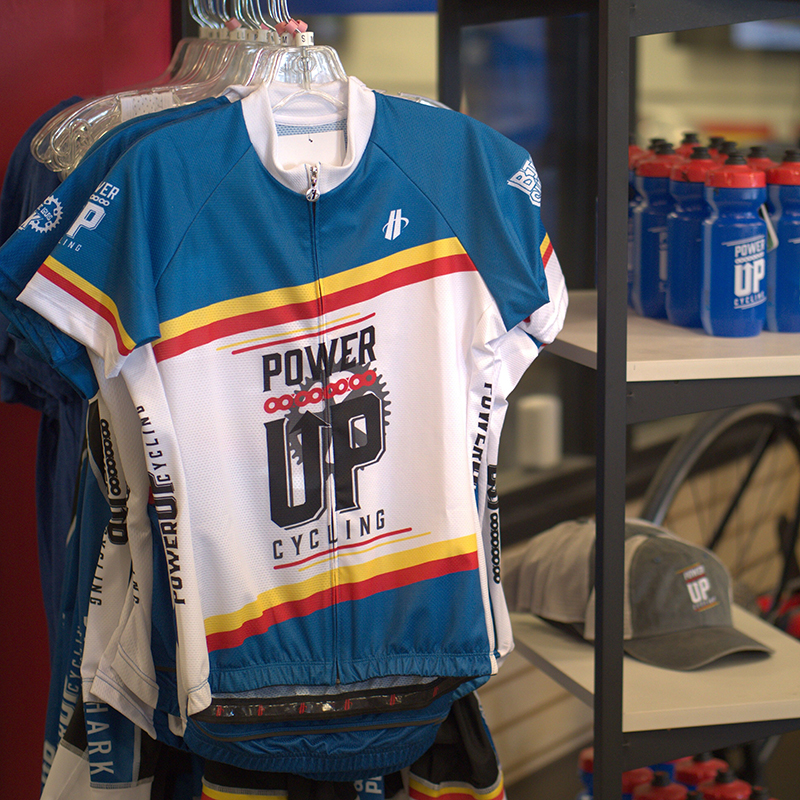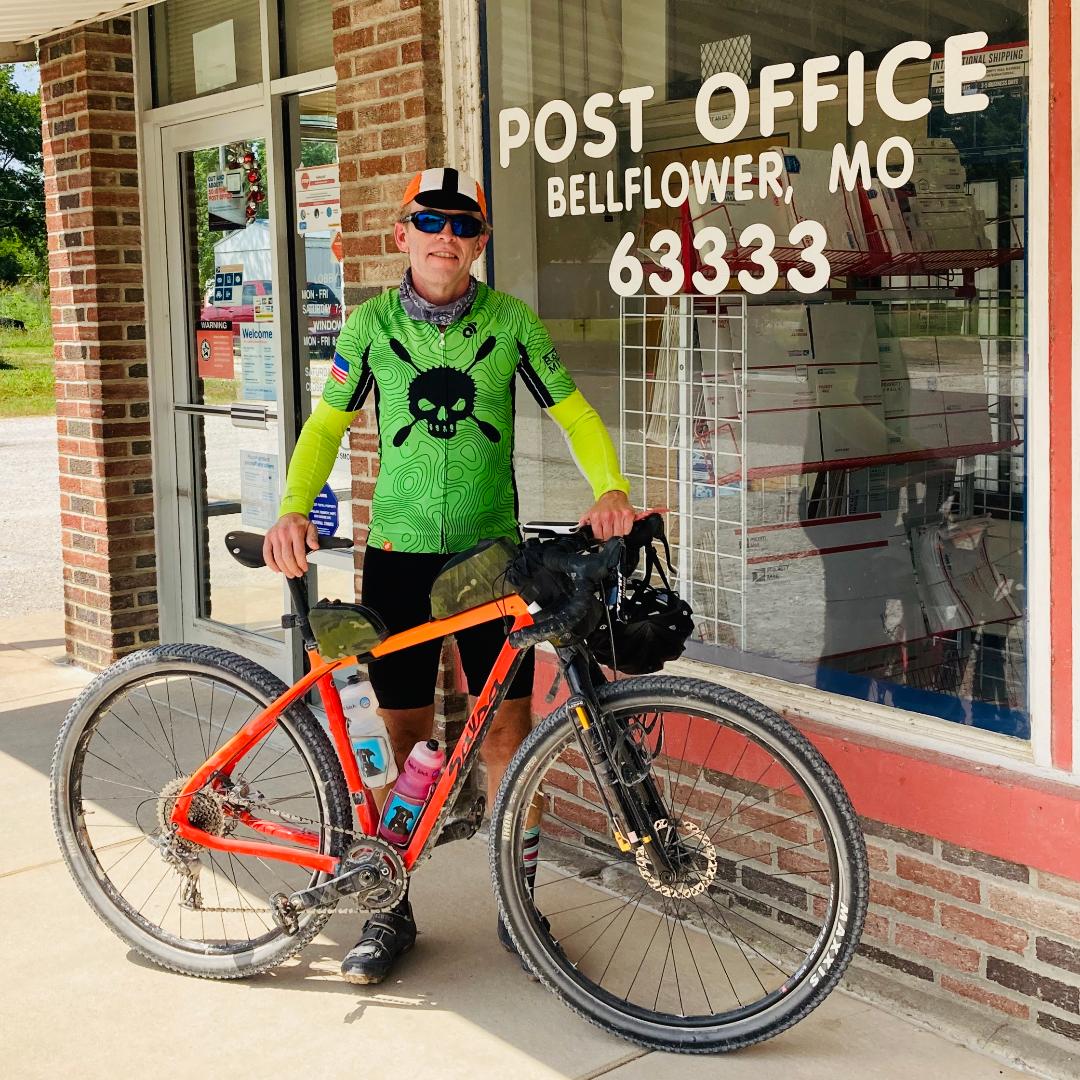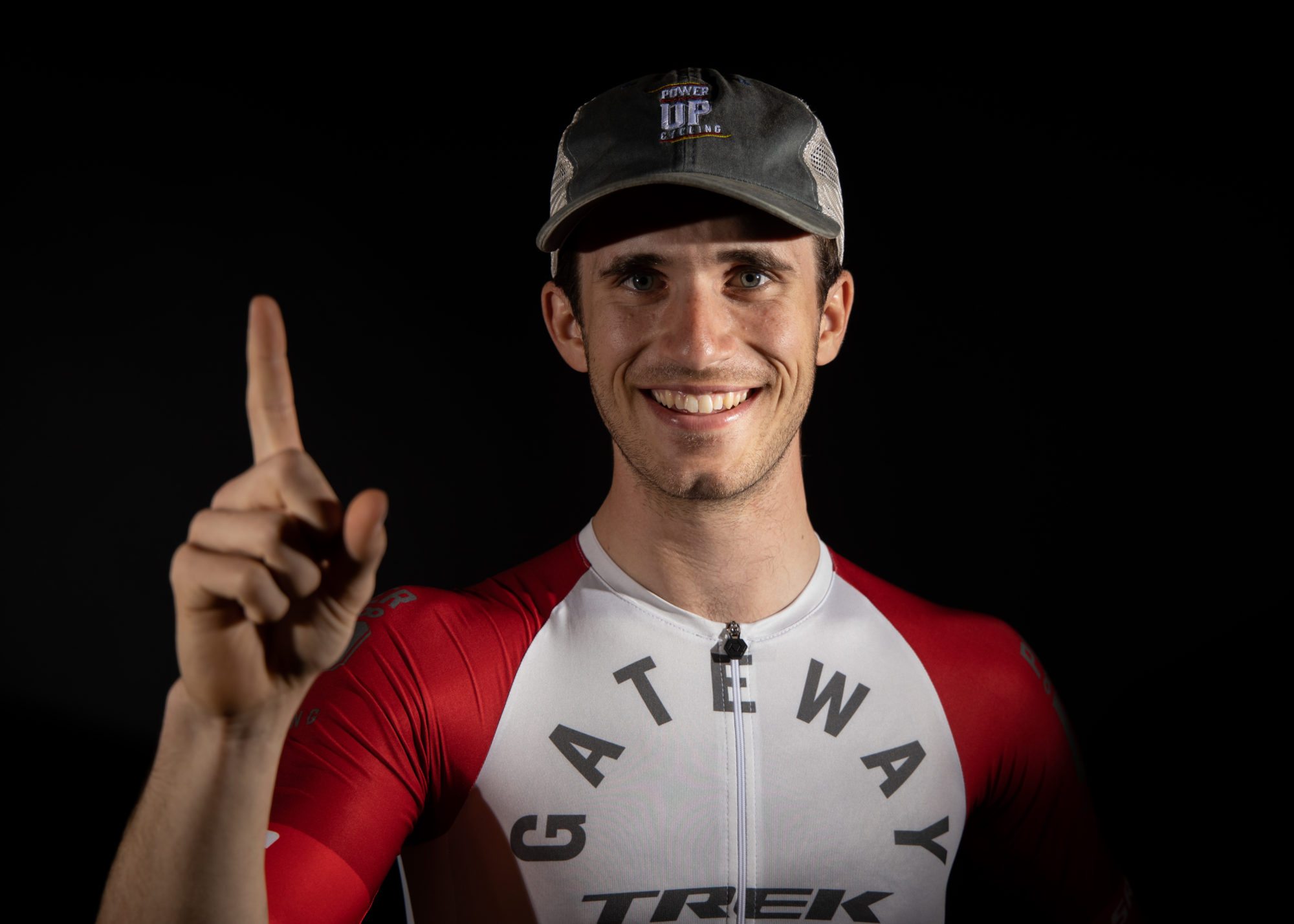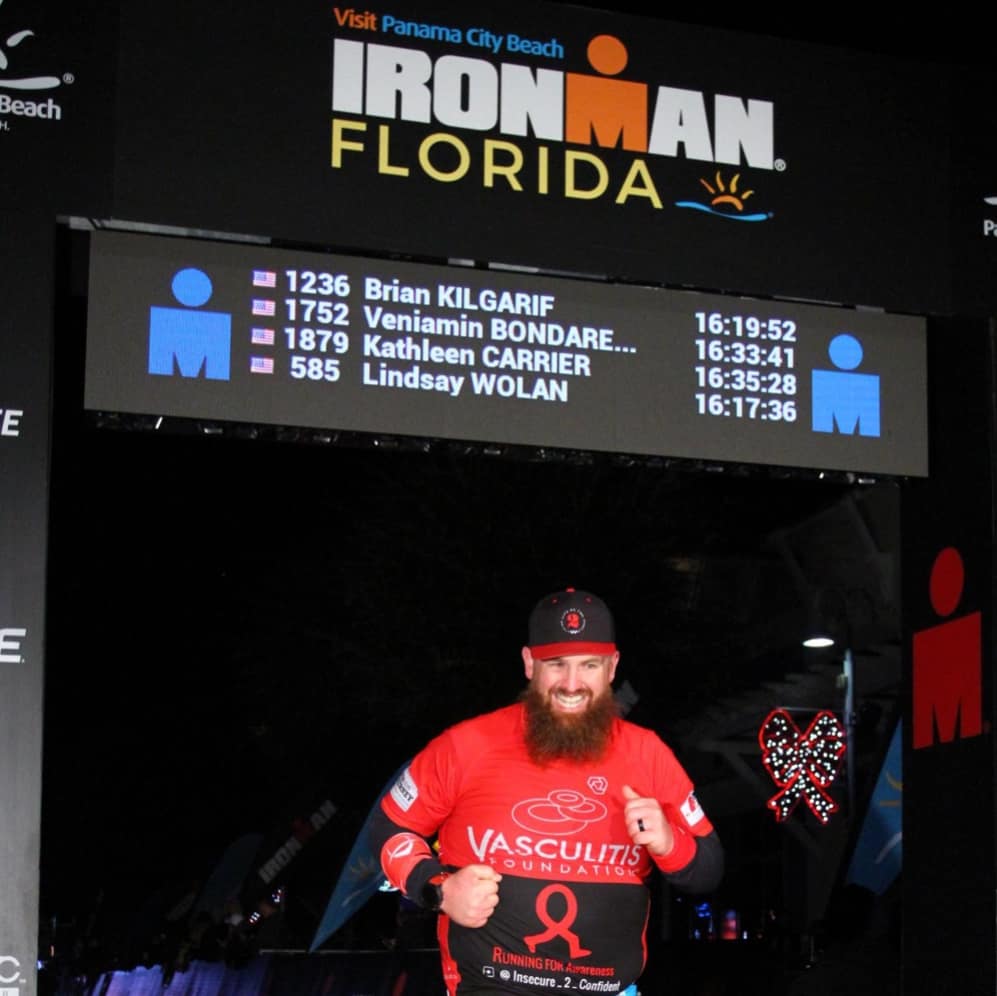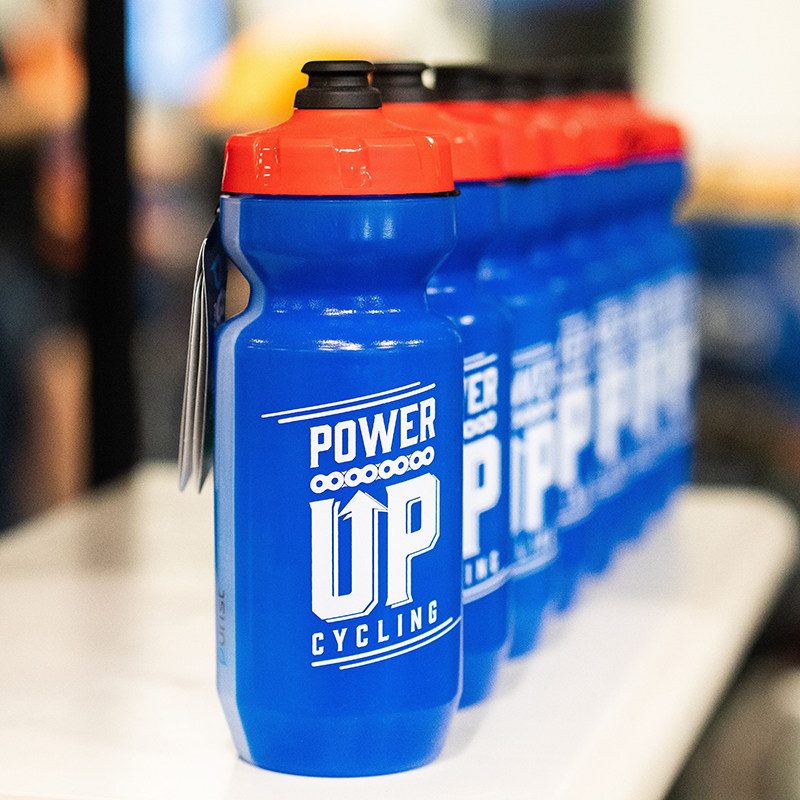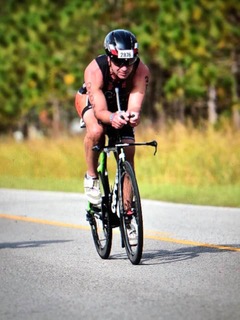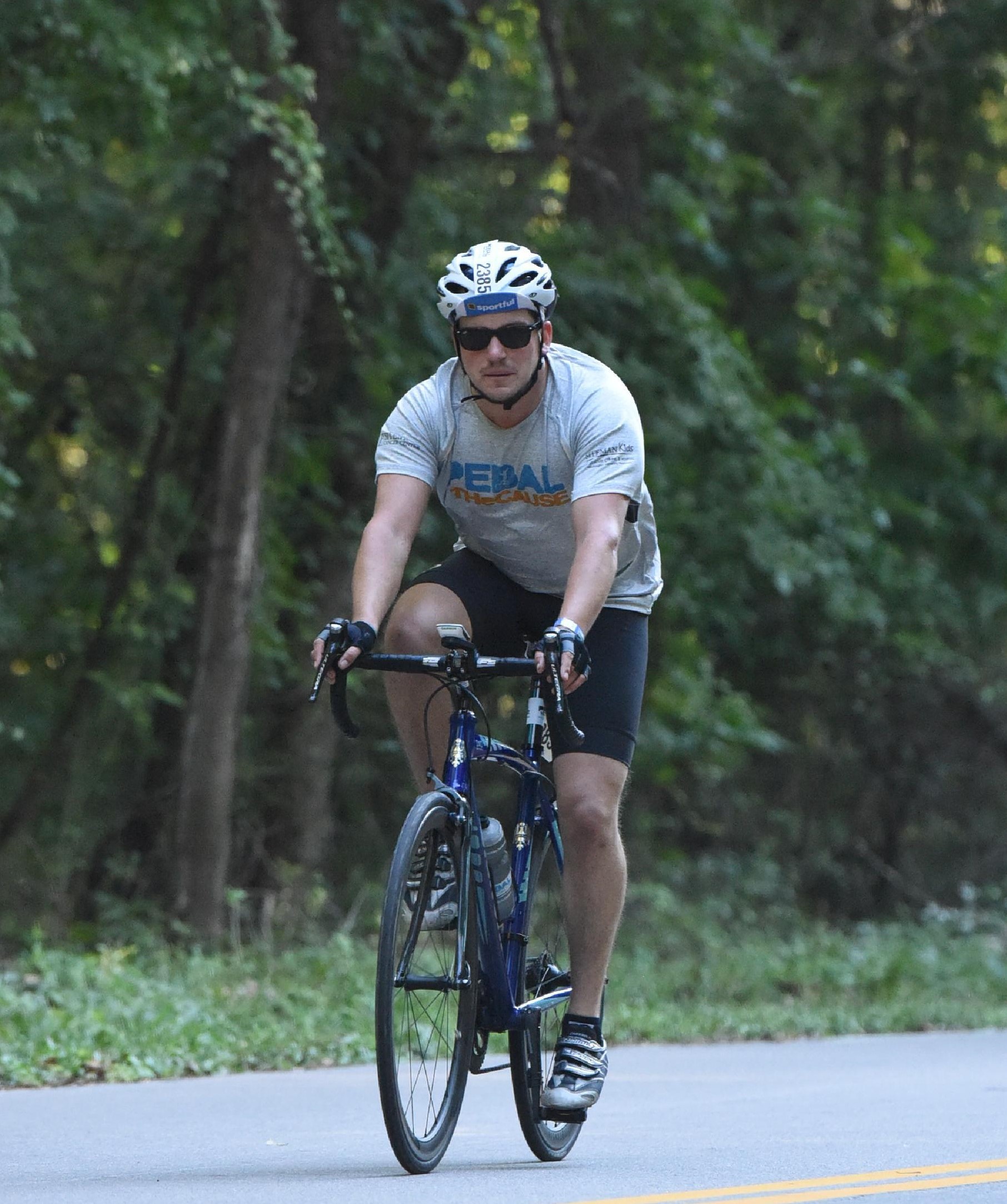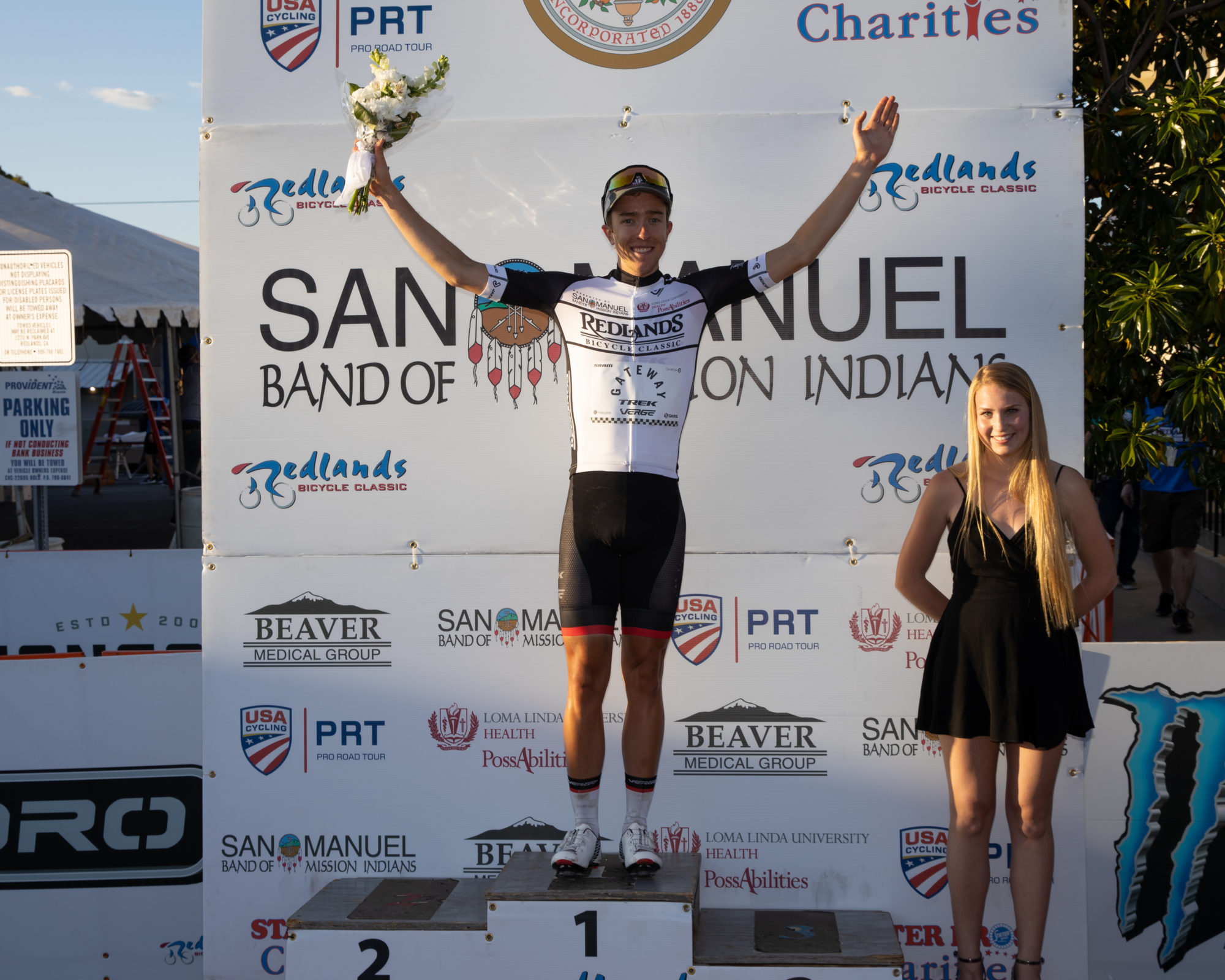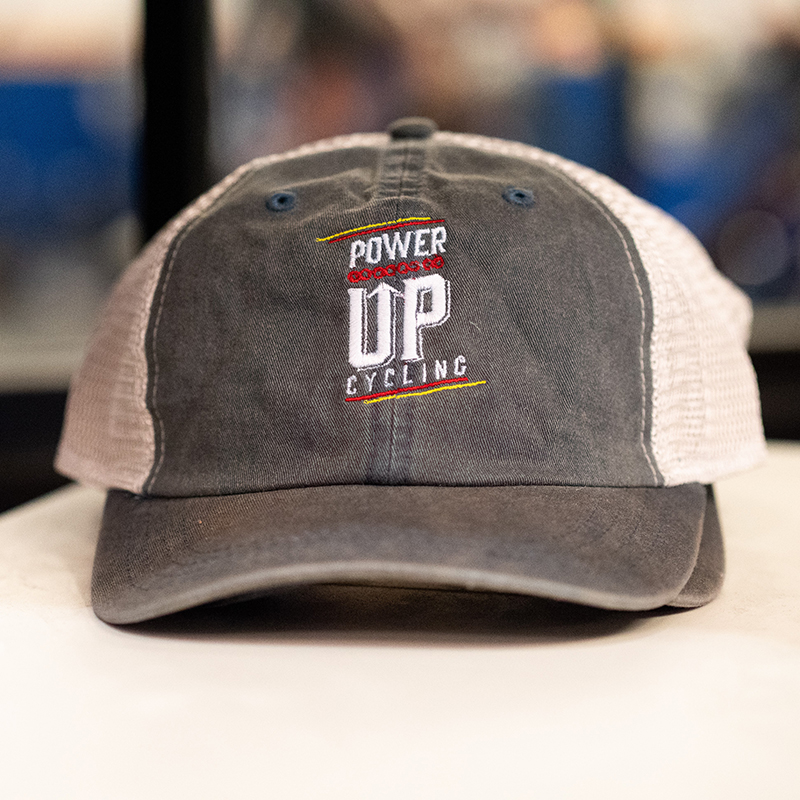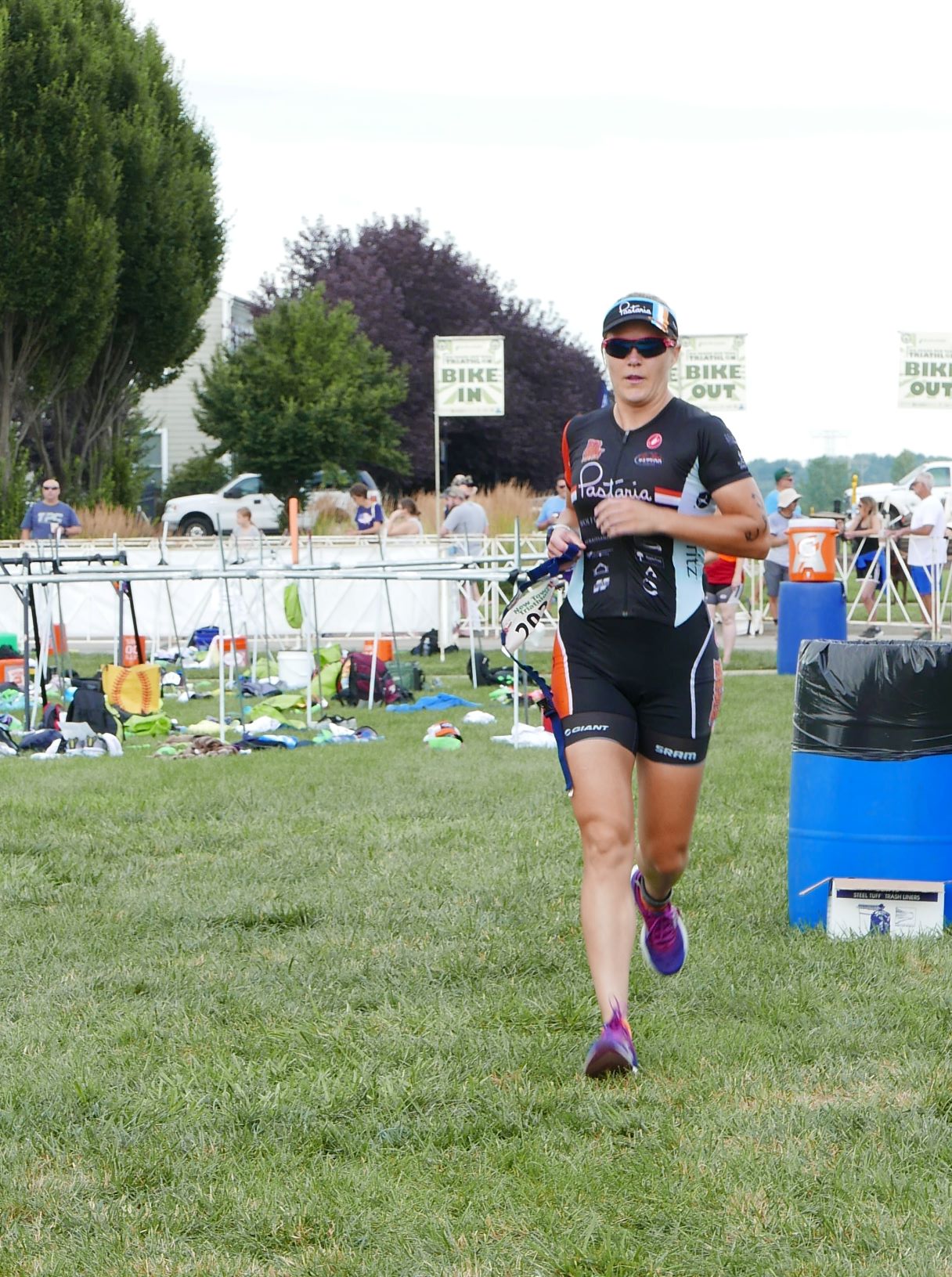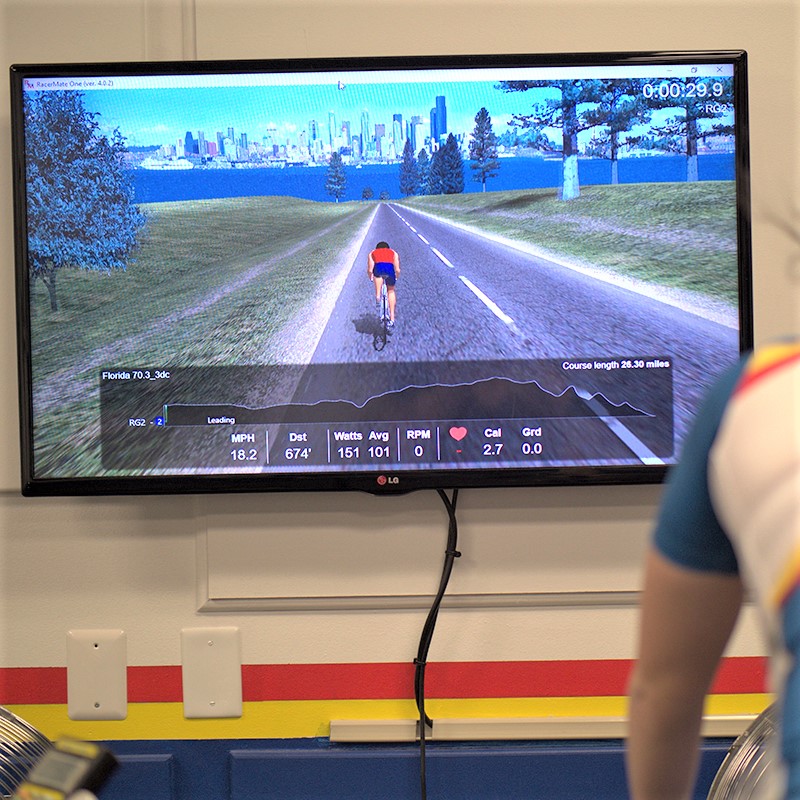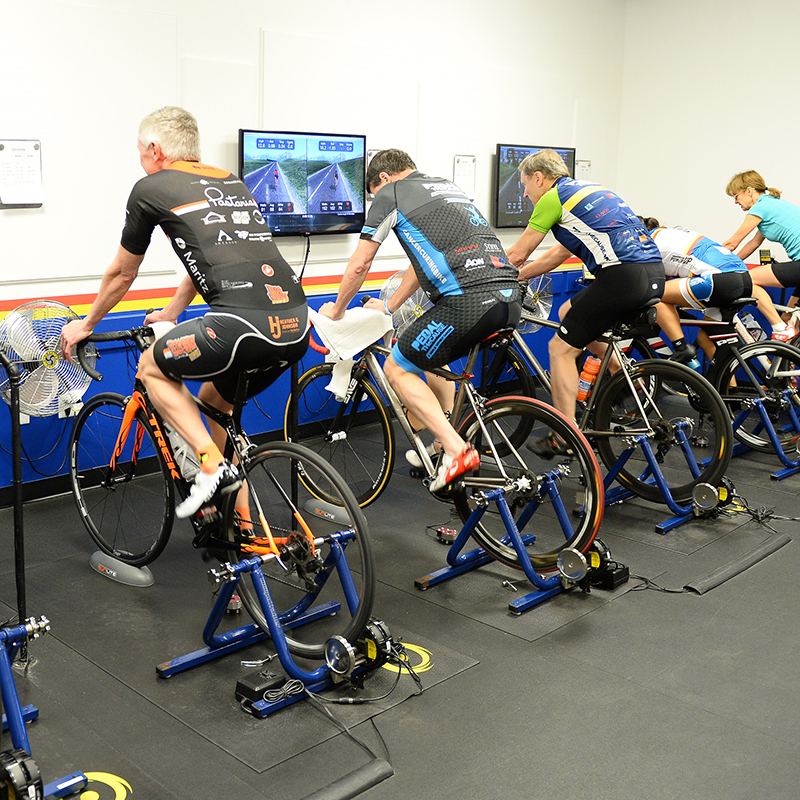Every finishing sprint is actually two sprints. The first one is for position and the second one is to the line. Of the two, the first sprint is BY FAR the more important of the two. If you do not get the first sprint right, it does not matter how fast you are. You will not be first to the line. I will talk about sprint strategy in a minute but need to talk about sprint training first.
First and foremost, if you expect to be good at sprinting, you need to practice it. I know this should be self-evident but I also know that many cyclists do not practice sprinting on a regular basis. Even if you are not a sprinter per se, you need to practice sprinting. Why, because if you are in a winning break with a group of non-sprinters, chances are, the person that is going to win is the person who actually practiced sprinting in training.
The keys to sprint training are:
- The sprints have to be fast to properly train the neuromuscular system. They should be done under fast conditions (e.g., slight downhill or slight tailwind).
- There should be complete recovery between each sprint so each sprint is full speed (These are NOT intervals.)
- In any single sprint workout, you only need to do 5 – 10 sprints. This workout is about quality not quantity. Also, make certain to do a good, longer-than-normal, warm-up prior to starting your sprint workout.
- Start the sprint in a gear you are rolling (85 – 90 rpm) at a moderate speed (just under time trial speed). You want to be in a gear you can accelerate quickly so you are working not just on your top speed but also on your jump.
- During sprint practice you should make a mental note of how long you can continue to accelerate and determine if you have a better jump (i.e., accelerate quickly) or have a higher top end (i.e., You can hit a high top speed but it takes a bit to get there.)
You have practiced your sprint, now what do you do on race day to optimize your chance of crossing the line first. Here are some of the keys to getting it right.
Carefully examine the start/finish straight before EVERY RACE to determine what position you want to be in coming out of the last corner. The factors affecting this are:
- How far is it from the last corner to the line? The shorter the sprint, the closer to the front of the group you need to be coming out of the corner.
- Do you have a good jump? If so, you can wait a bit longer to begin sprinting (i.e., go for a shorter sprint)
- Do you have a good top end but not a great jump? If so, you need to start your sprint early.
- Is the sprint uphill or downhill finish? In a downhill sprint you can hold your sprint longer so you want to jump earlier. In an uphill sprint you want to jump later because you will “stall out” if you go too early.
- Where is the wind coming from? In a tailwind sprint, similar to the downhill sprint, you want to jump early because you can hold the sprint longer. In a headwind sprint, just the opposite because, similar to an uphill sprint, if you go too early, you will “stall out”. In a crosswind sprint, if you jump first, you want to jump to the side of the road that forces people have to come around you into the wind. If you are coming around someone, you want to try and come around them on the wind protected side. That said, be careful as a savvy sprinter will appear to leave room on the wind protected side then “close the door” as someone tries to come around them.
- Ideally you want to hit the front with just enough distance left that you will be accelerating all the way to the line. It is very difficult to come around someone who is accelerating. Once you hit a constant speed that is when people starting passing you.
- Lastly, if you have teammates, they can often help you with your positioning prior to the final sprint but it does not change the importance of being in the right spot prior to starting your sprint to the line.
Cycling
